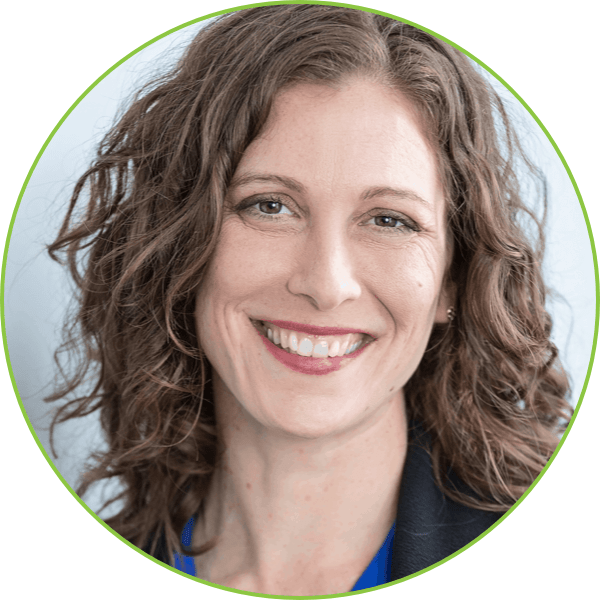Retirement can be a long journey – lasting several decades for the most fortunate amongst us. Yet, most Americans actually struggle to grasp how long their golden years could last: A recent report found that most people underestimate their retirement lifespan, which lasts 16-19 years on average.
If you’re approaching retirement age (or are recently retired) it’s critical that you think through what you’d like this phase of your life to look like. For many, the excitement of leaving the workforce quickly wanes. Without a sense of purpose, the days can easily blend together, leading to feelings of boredom, stagnation, and even depression.
Related: How Financial Life Planning Can Help Your Life (and Finances) Make More Sense
The good news is that finding purpose, both before or after retirement, is an ongoing journey of self-discovery and it’s never too late to begin!
A Purposeful Retirement is a Healthy and Happy Retirement
A sense of purpose doesn’t just make your day to day life more enjoyable, it also has real effects on your physical and mental health and longevity.
A study by the National Institute on Aging and the Social Security Administration found that seniors with a strong sense of purpose in life “lowered their risk of death by 15.2% compared to people with the least sense of purpose…regardless of the participants’ race or ethnicity.”
While those results were seen across the board, women were especially likely to benefit.
3 Steps to Finding Purpose in Retirement
When we work with clients that are about to begin or are in the transition to retirement, we often take a three-pronged approach to discover their unique abilities, uncover their true priorities, and build a plan toward that future.
Each of these steps (outlined below) come with a series of important questions, followed by an action item. Let’s get started!
1. Identify your unique abilities
You spend a lifetime experiencing new things and building a skill set throughout your career. But leaving the workforce by choice doesn’t mean all those habits and pieces of knowledge just disappear! Often, we can find a way to “repurpose” your strengths for a more fulfilling retirement.
Consider the following:
- Reflecting back on your career, what are five successes or highlights that stand out?
- What are you uniquely good at?
- What do you love to do?
Step 1 Action Item: Grab a piece of paper or your laptop and spend some time ruminating on your answers in a quiet place. Try to turn off the “editor” in your brain for a moment and truly explore what comes to mind when you start writing.
Once you have your answers completed, look them over as a whole: Are there any common threads you see or connections you can make? For example, perhaps you worked as a teacher, and one of your strengths is your ability to work with a wide variety of personalities.
2. Focus on your priorities
Now that you have a better understanding of your strengths and interests, let’s explore what values you hold nearest and dearest.
Your Step 2 questions are:
- What are the areas of my life that are most important to me?
- Try to think of at least five – they could include family, physical health, travel, personal growth, giving back to the community, etc.
- How do I want these areas to look/are there any changes you want to make?
Step 2 Action Item: Grab that paper again! This time, you’re going to detail a vision for each of your top priorities. Do you dream of spending more time with grandchildren? Volunteering with the Alzheimer’s Association? Traveling to small villages in Northern Ireland? Get specific!
Related: 7 Things to Know About Retiring in Oregon in 2024
3. Create a plan
With a clear understanding of your strengths, interests, and priorities, it’s time to create a plan to bring your vision to life.
Your final round of questions include:
- What do I need to do to make sure I am investing my time and energy into my priorities so that I can make my vision a reality?
- What activities will make me want to jump out of bed in the morning?
Step 3 Action Item: This time, think about your most ideal life on a daily, weekly, and annual basis. Create a rough “schedule” that you would follow if you could do anything you wanted. Be sure to incorporate the strengths, priorities, and values you’ve been making lists about, too.
As we work together to create a financial plan, this “dream schedule” will be our guiding light in crafting a retirement full of purpose and intention.
Related: Retiring Into the Next Phase of Your Life
Remember: Retirement isn’t just the end of your work, it’s the beginning of a new phase of your life, and you deserve to live it to the fullest. Planning for this adventure isn’t just about money (although that’s important, too), it’s also about living with purpose.
Find Your Retirement Purpose
At Clarity Wealth Development, we are passionate about helping our clients achieve a fulfilling and secure life. We can help you develop a comprehensive financial plan that considers not just your financial needs, but also your values and aspirations. If you’re interested in learning more, we invite you to schedule a free consultation today.



